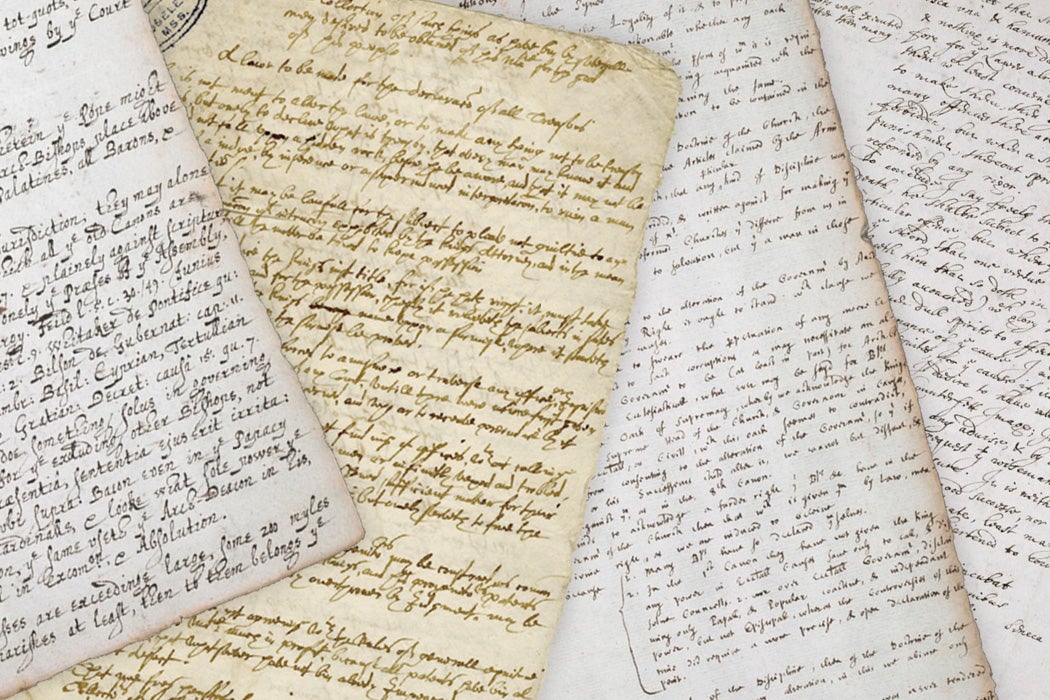The boom in email newsletters in recent years has many people wondering how many readers and high-profile writers will flee beleaguered traditional media outlets for more-targeted publications. As literature and media scholar Rachael Scarborough King writes, that would be a reversal of a trend in England around the turn of the eighteenth century, when newspapers very gradually replaced popular newsletters.
King writes that newsletters began in mid-fifteenth-century Venice. Subscribers would receive handwritten letters twice a week rounding up interesting events. Sixteenth-century merchants used similar news sources to keep track of exchange rates, taxes, and other business news.
The form’s popularity expanded in England after the country’s first postal service took off around 1660. This opened the door to news writers, who could use the mail to gather information from distant correspondents and then send the information to readers on a predictable schedule.
Clerks made hundreds of handwritten copies of each letter. King writes that the handwriting often changed in the middle of a letter, showing the mass-production effort at work. While some writers might personalize them with a greeting, most of the time they began with “Sir” or only the date. Some newsletters were formatted like personal letters, while others were laid out on folded paper like the printed newspapers that followed them.
The newsletters emphasized their reliance on correspondence, beginning news items with phrases like “The Dutch posts brought the following items” or “The foreign letters say.” Typically, they started with the oldest news—usually from abroad—and ended with the freshest items.
Manuscript newsletters were not just a precursor to the printed newspaper. They coexisted for decades and filled many of the same purposes. When it launched in 1665, England’s first broadsheet newspaper, The London Gazette, described itself as “Printed…for the use of some Merchants and Gentlemen who desired them,” much the same way newsletters presented themselves.
The Gazette was an official government publication, and official licensing rules greatly limited the printing of other newspapers until around 1690. This left a niche for newsletters, which had more freedom to compile information from varied sources. However, King writes, newsletters typically did not contain more controversial items. Their value lay in offering additional information that, combined with the newspaper, could provide a fuller picture of the world. They were also often a better source of time-sensitive news, since clerks could update them until the moment they went into the mail.
Newsletters were much more expensive than newspapers, but that didn’t mean their readers were exclusively elites. In some cases, friends and neighbors shared subscriptions, and they could also be found in London coffeehouses.
Weekly Newsletter
Following the loosening of restrictions on newspapers, the two forms continued to coexist for decades. Newsletter writers and newspaper publishers each used the other as sources. And newspapers borrowed many conventions, such as datelines for stories, from their handwritten counterparts.
Just like today, newsletters and newspapers frequently overlapped in content while giving readers different angles on the news, acting as both complements and competitors.
Support JSTOR Daily! Join our new membership program on Patreon today.







